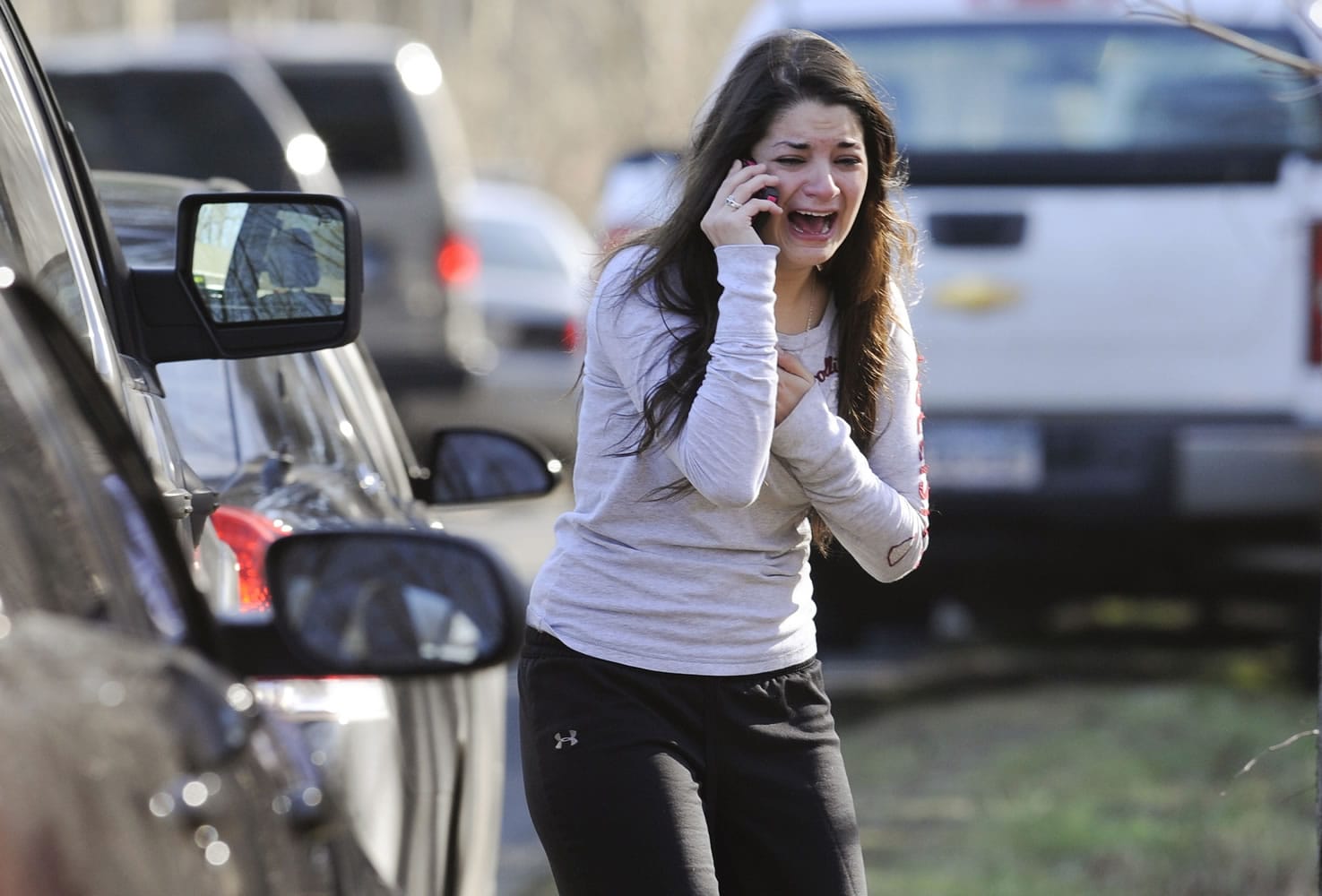The news from Oregon was grim enough in isolation — nine people shot dead at a community college. For many Americans it was all the sadder as a reminder of how frequent, how depressingly routine, mass shootings have become — in malls, at churches, and so often at schools and colleges.
In Loveland, Colo., an elementary school principal mused wistfully on how security precautions now preoccupied her staff, including adults-only evacuation drills that exempt the students in order not to traumatize them. “It’s a sad indicator of our world right now that we have to have a plan,” said Michelle Malvey.
A school security expert in Texas advised Americans to brace for recurrences. “This is the equivalent of: We know the tsunami is coming and we’re trying to get to higher ground,” said Greg Crane.
Thursday’s mass shooting at Umpqua Community College triggered outrage and profound frustration that a new place name — Roseburg, Ore. — had been added to a list that includes Newtown, Columbine, Charleston and many more scarred communities.
“We are the only advanced country on earth that sees these kinds of mass shootings every few months,” a visibly frustrated President Barack Obama said in a televised address hours after the Oregon rampage.
“Somehow this has become routine. The reporting is routine, my response here at this podium ends up being routine, the conversation in the aftermath of it. We’ve become numb to this.”
James Tucker, 70, the co-owner of an antique store in Sycamore, Ill., about 70 miles west of Chicago, said Obama’s comments underscored his view that what happened in Oregon will happen again and again — something he didn’t think possible when children at Sandy Hook Elementary School in Newtown, Conn., were killed in 2012.
“You thought Sandy Hook would be a watershed at the time, but it turns out it wasn’t,” he said. “Nothing changed.”
Except, he said, some things have changed.
“You do start to worry about things that might be a target,” he said. “We go to the Lyric Opera in Chicago and I walk in there and I think, ‘What if somebody tried to make a statement.’ What better place. It’s a fleeting thought, but you do think about it now.”
The reality is that mass shootings in the U.S. are rare and such attacks account for a tiny fraction of the more than 32,000 people killed by gunshots annually, said Grant Duwe, a criminologist with the Minnesota Department of Corrections.
Mass murders — in which four or more people are killed — are 0.2 percent of U.S. homicides, Duwe said. That figure includes episodes of extreme violence within families or during robberies or other crimes.
Mass shootings at schools and other public settings average four a year, but the rate has increased 26 percent in the past decade, said Duwe, author of “Mass Murder in the United States: A History.”
“What’s different since the mid-2000s is the regularity with which these cases have occurred, that there really hasn’t been any letup,” Duwe said. “These are usually incidents where people didn’t know the shooter, essentially they are innocent victims, and I think a lot of people feel like this could’ve been me, could’ve been my child, my spouse, my parents.”
For psychologists, the shootings have provided a sobering case study of how people respond to repeated trauma.
“There’s a certain degree of sadness about going through this protocol that’s evolved because we’ve had so much practice,” said psychology professor Charles Figley of Tulane University.
With each recurrence, Figley said, there’s initial shock.
“And then we think, what if it happens again?” he said. “Remarkably and sadly, every time it happens, we’re practicing on more quickly taking a deep breath and moving on to other things.”
In New Orleans, Zee Thornton, 31, expressed uncertainty as to what the solution might be.
“It’s not just gun control. It’s the mental health system. It’s all kinds of things,” she said. “I don’t think there’s an easy fix, so that does make me afraid that it’s just a new part of the American experience. I’m afraid of that.”




